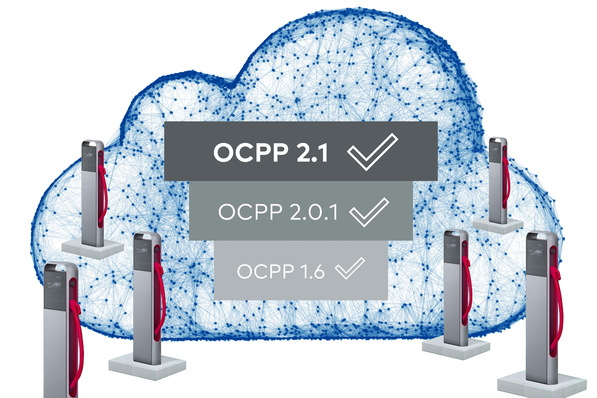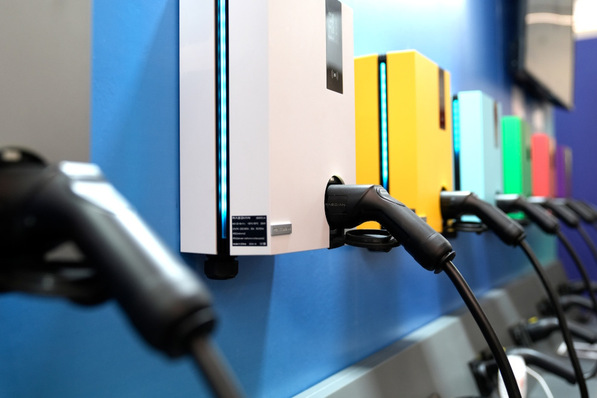The work vessel with its innovative propulsion system ensures traffic safety on the rivers and canals of the west German canal network. Construction and maintenance work on the waterways is just as much a part of its duties as bearing work. Unlike its diesel-powered predecessor, the E-Spatz is powered solely by two 80 kW (109 hp) electric motors.
The batteries have a capacity of 980 kWh. There are seven water-cooled battery modules with a capacity of 10 kWh each arranged in 14 racks. Each of the 98 modules is constantly monitored by the battery management system. This ensures that the temperature, state of charge and health of the built-in cells is always clear.
Up to three days with a single battery charge
he batteries are charged at night via a shore power cable connection with a maximum output of 125 A located at the rear of the E-Spatz. Depending on the type of work, the E-Spatz can be operated for up to three days on a single battery charge.
To tailor electric ship propulsion to the needs of the E-Spatz, Tesvolt has worked with Kadlec & Brödlin, one of the oldest marine integrators, and with Jastram, a supplier of high-quality rudder propellers. All components for the propulsion system are perfectly coordinated with each other. The electrification of the Spatz was carried out by the Bolle shipyard from Saxony-Anhalt.
Maximum storage capacity in a small space
“A real advantage for our shipping customers is that our energy storage systems are considerably lighter than conventional ones, thanks to their high energy density of 6.5 kg per kWh. This is particularly important for ships, as it allows a higher-capacity battery storage system to be installed.
Also interesting: Old river tug to be electrified
This means that ships have a correspondingly longer range and can cover further distances electrically,” says Kilian Hoffmann, Business Development Manager for Maritime Solutions at Tesvolt. Tesvolt’s DNV-certified battery storage systems are also among the safest on the market thanks to their integrated fire suppression system.
„There is no alternative to the electrification of shipping on the path to cleaner waters and reducing global greenhouse gas emissions. Shipping’s potential to meet climate targets is still underestimated. In fact, there are many applications for electric drives in inland navigation,” says Michael Miebach, Business Development Manager Maritime Solutions at Tesvolt.
More to read: Norway pours millions into promoting clean shipping
The Hansa editorial team’s “Inland Ship of the Year” award honours not only the technological achievements of the E-Spatz but also the commitment and collaboration of all the companies involved and the WSV in this pioneering project.
Launch of a future-oriented fleet
With more than 600 vessels, WSV is the largest inland shipowner in Germany. The WSV currently operates around 130 vessels of the Spatz class alone, which will be fitted with zero-emission propulsion systems in the future. The first E-Spatz marks the beginning of a new generation of environmentally friendly ships. (hcn)








